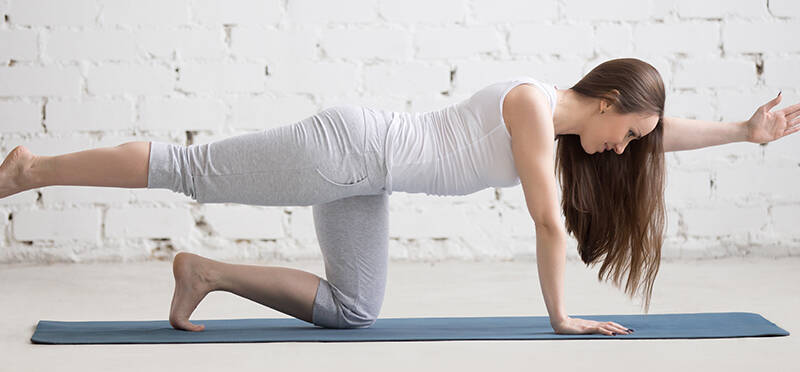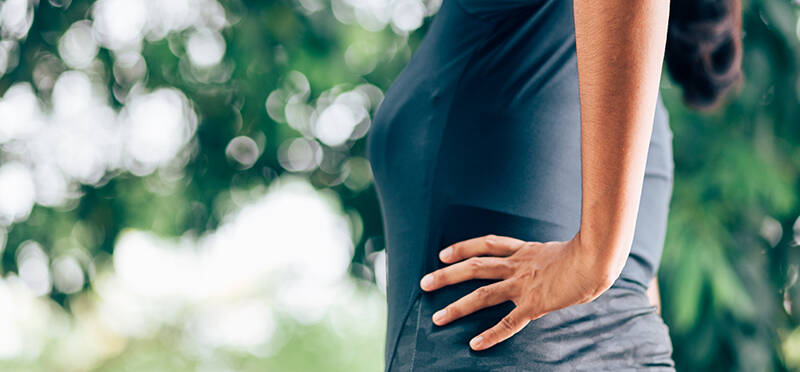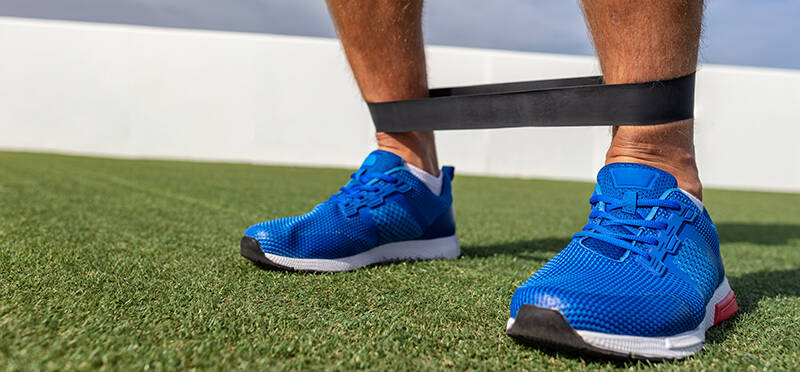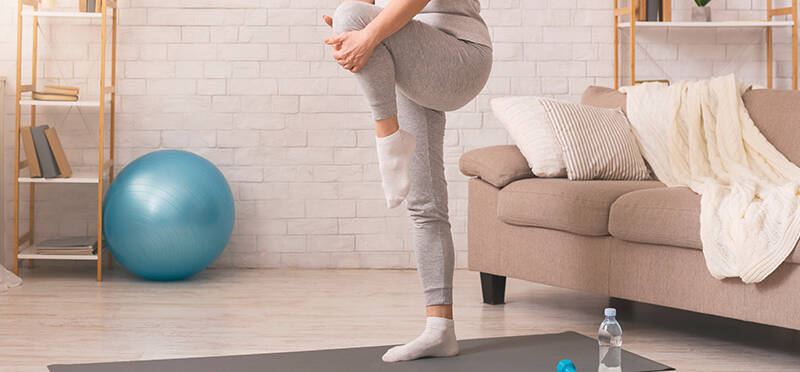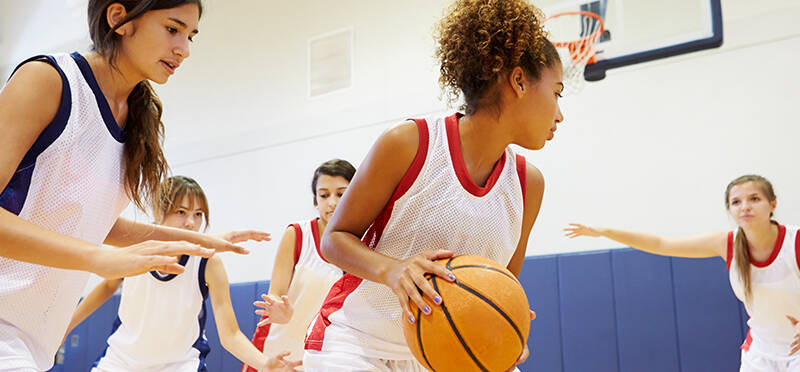A Complete Core Workout for Runners
Posted on October 21, 2022 by Paige Gibbens, PT, DPT, MHA
Running can place up to 3 times your body weight of force on the body. Because of this extremely high...
(more…)




